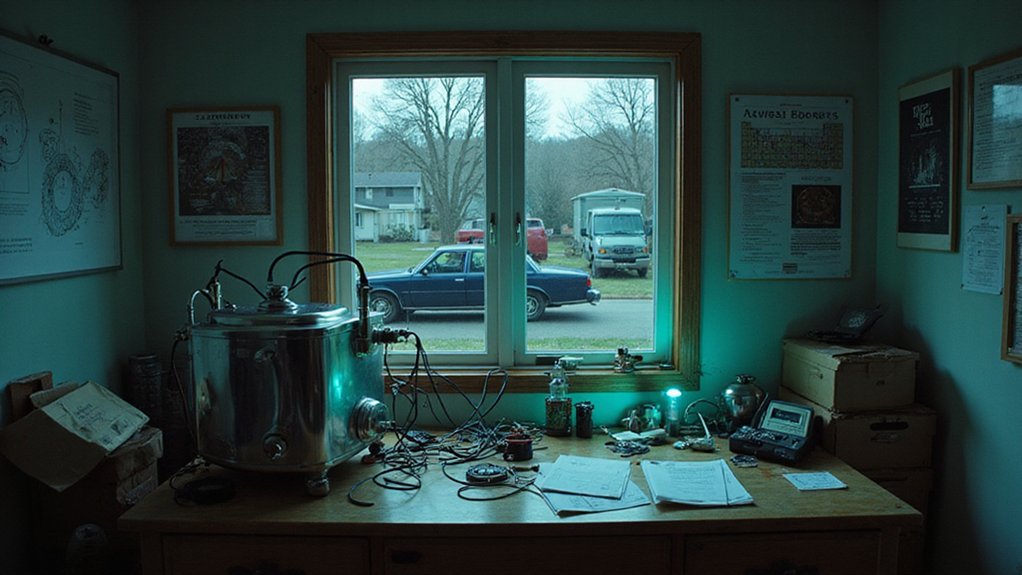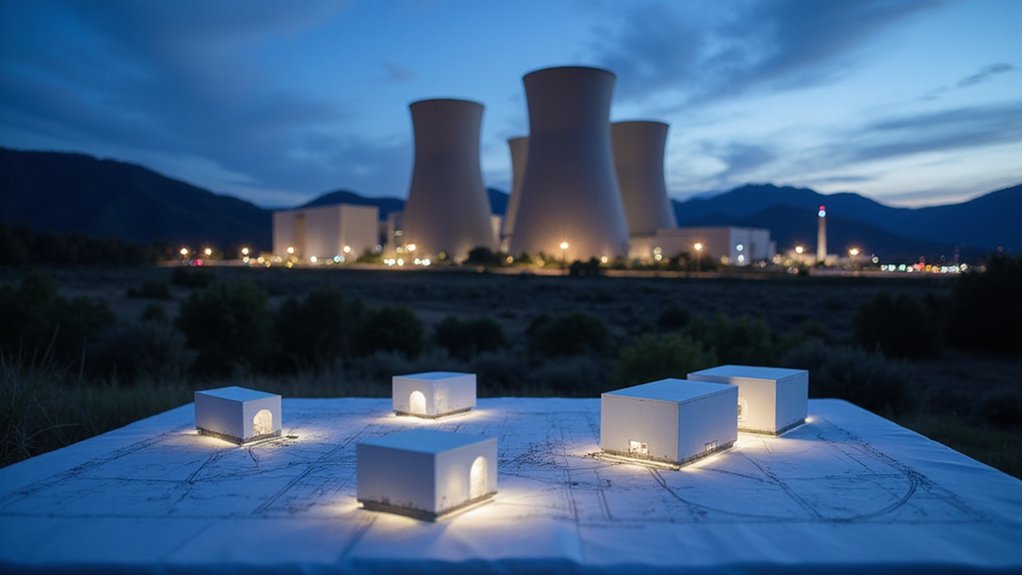Two FBI agents armed with Geiger counters showed up unannounced at the Oswalt family home after reports that 12-year-old Jackson Oswalt had achieved nuclear fusion in his bedroom. The federal authorities were responding to media coverage of Jackson’s remarkable scientific achievement and concerns about potential radiation hazards from his homemade nuclear apparatus.
Neighbors had reported “burning metal” odors coming from the residence, adding urgency to the inspection. The agents methodically scanned the home, focusing particularly on Jackson’s bedroom laboratory where the fusion experiment had taken place.
Jackson had assembled a working nuclear fusion reactor using parts sourced mainly from eBay. His setup included a vacuum chamber, vacuum pump, neon transformer, and a homemade AC-DC converter. He used deuterium gas to facilitate the fusion reaction, which was verified by the detection of neutrons – the standard indicator of successful fusion.
The FBI inspection confirmed the absence of harmful radiation or hazardous leakage in the Oswalt home. Jackson had implemented effective radiation protocols that impressed the federal agents investigating his homemade nuclear lab. With safety concerns addressed, the investigation was closed, allowing Jackson’s scientific activities to continue without legal obstruction. The visit underscored the importance of federal oversight in unconventional, high-stakes home experiments.
Jackson’s achievement earned him a Guinness World Record for being the youngest person to achieve nuclear fusion, just hours before his 13th birthday. His accomplishment generated widespread media attention and public fascination.
Following his recognition, Jackson received invitations to tour energy startups and power plants across the United States. His work was acknowledged by prominent fusion experts and respected platforms like Fusor.net. Jackson’s nuclear fusion project was initially inspired by Taylor Wilson’s TED talk about achieving controlled nuclear fusion at age 14. He has since moved into advanced research fields, including artificial intelligence development at research labs.
Despite initial concerns, there was no evidence of Chinese espionage or foreign interference found during the investigation. The case instead highlights both the impressive capabilities of young scientists and the responsibility that comes with conducting potentially hazardous experiments at home.
References
- https://www.ndtv.com/world-news/12-year-old-us-boy-builds-nuclear-fusion-reactor-in-his-bedroom-fbi-shows-up-at-his-home-8000191
- https://en.as.com/latest_news/memphis-boy-successfully-performs-a-nuclear-meltdown-in-his-bedroom-with-an-unexpected-consequence-a-visit-from-the-fbi-n/
- https://hwbusters.com/news/from-bedroom-to-nuclear-breakthrough-how-a-12-year-olds-science-project-triggered-a-federal-investigation/
- https://www.energy-reporters.com/news/fbi-agents-say-we-smelled-burning-metal-upstairs-as-12-year-olds-bedroom-project-sets-off-national-security-emergency/
- https://guinnessworldrecords.com/news/2025/1/12-year-old-boy-who-achieved-nuclear-fusion-in-his-playroom-got-visit-from-fbi









